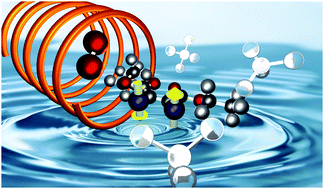
B. Kharkov, X. Duan, J. Rantaharju, M. Sabba, M.H. Levitt, J.W. Canary, A. Jerschow
https://pubs.rsc.org/en/content/articlelanding/2022/cp/d1cp05537b
Nuclear spin singlet states are often found to allow long-lived storage of nuclear magnetization, which can form the basis of novel applications in spectroscopy, imaging, and in studies of dynamic processes. Precisely how long such polarization remains intact, and which factors affect its lifetime is often difficult to determine and predict. We present a combined experimental/computational study to demonstrate that molecular dynamics simulations and ab initio calculations can be used to fully account for the experimentally observed proton singlet lifetimes in ethyl-d5-propyl-d7-maleate in deuterated chloroform as solvent. The correspondence between experiment and simulations is achieved without adjustable parameters. These studies highlight the importance of considering unusual and difficult-to-control mechanisms, such as dipolar couplings to low-gamma solvent nuclei, and to residual paramagnetic species, which often can represent lifetime limiting factors. These results also point to the power of molecular dynamics simulations to provide insights into little-known NMR relaxation mechanisms.
← PreviousТэги: Харьков
